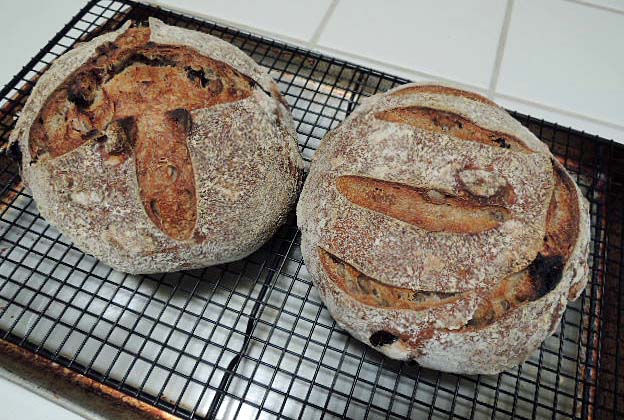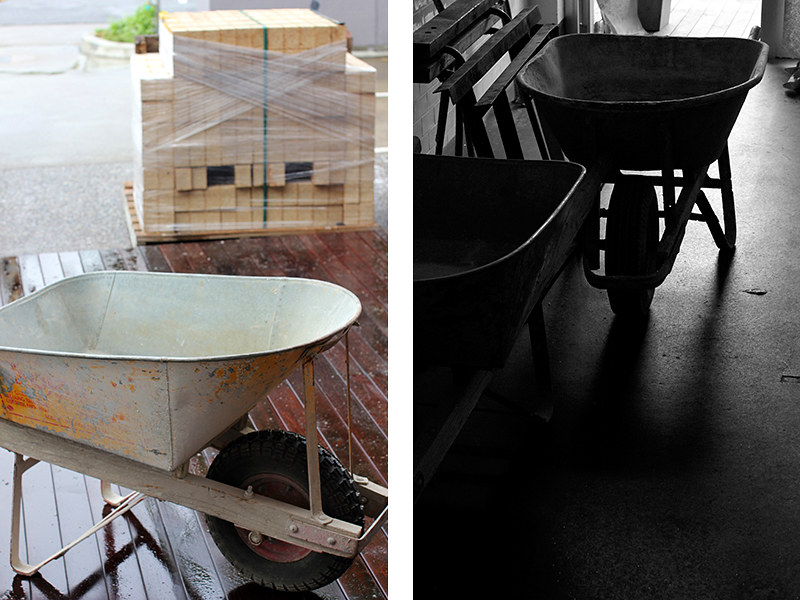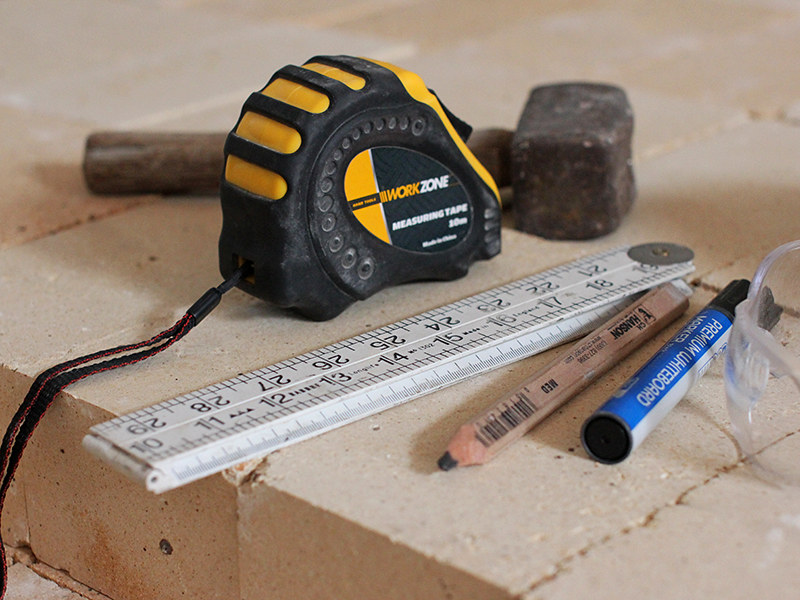San Francisco-style Sourdough Bread with Walnuts and Sour Cherries

San Francisco-style Sourdough Bread with Walnuts and Dried Sour Cherries
March 12, 2013
- Log in or register to post comments
- 14 comments
- View post
- dmsnyder's Blog

 [/url]
[/url] [/url]
[/url]